MOST INVASIVE CREATURES ON EARTH
Added on: 8th Apr 2016
AMERICAN COMB JELLY

Commonly called the comb jelly or sea walnut, it is indigenous
to temperate, subtropical estuaries along the Atlantic coast of
North and South America. In the early 1980’s, it was accidentally
introduced via the ballast water of ships to the Black Sea,
where it had a catastrophic effect on the entire ecosystem.
In the last two decades of the twentieth century, it invaded
the Azov, Marmara, and Aegean Seas and was recently
introduced to the Caspian Sea via the ballast water of
oil tankers.
THE NILE PERCH
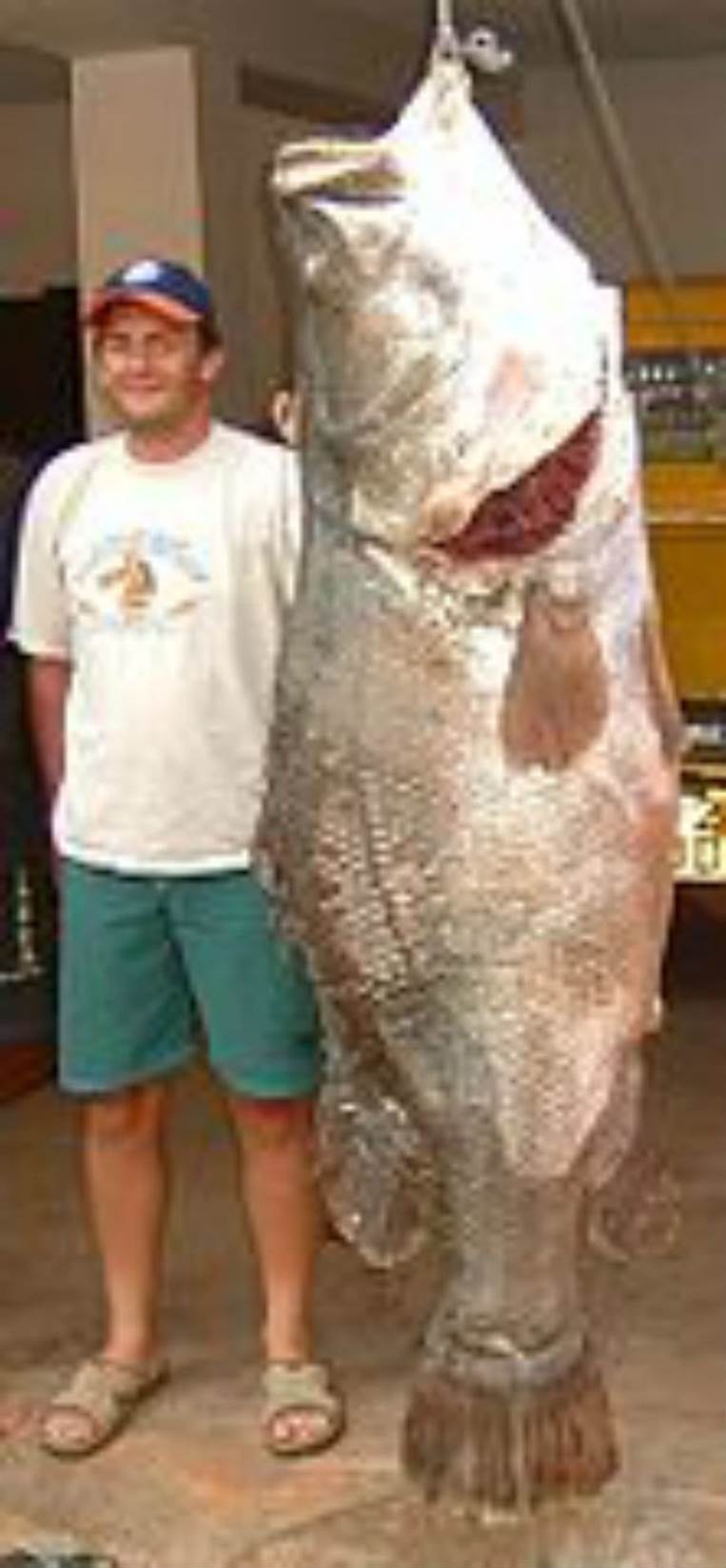
The Nile perch is a large freshwater fish that can grow up to
200 kg and reach up to two metres in length. It was introduced to
Lake Victoria in 1954, where it has contributed to the extinction
of more than two hundred endemic fish species through
predation and competition for food.
CATS
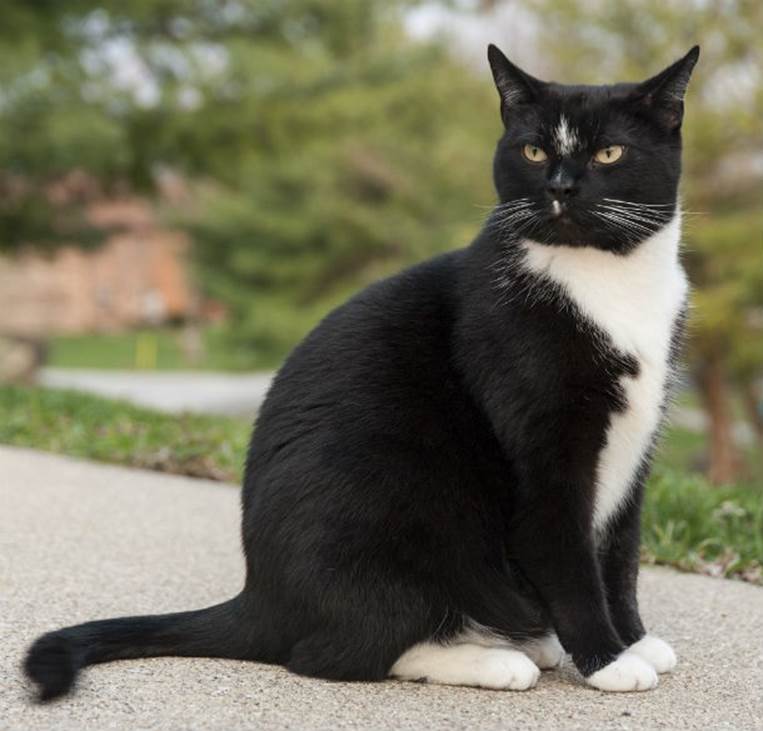
Believe it or not, the domesticated cat, which can be traced back
three thousand years to the eastern Mediterranean, is one of the
most invasive creatures on Earth. Considering the extent to which
cats are valued as pets, it is not surprising that they have since
been translocated by humans to almost all parts of the world.
Notable predators, cats threaten native birdlife and other fauna,
especially on islands where native species have evolved
in relative isolation from predators.
CANNIBAL SNAIL
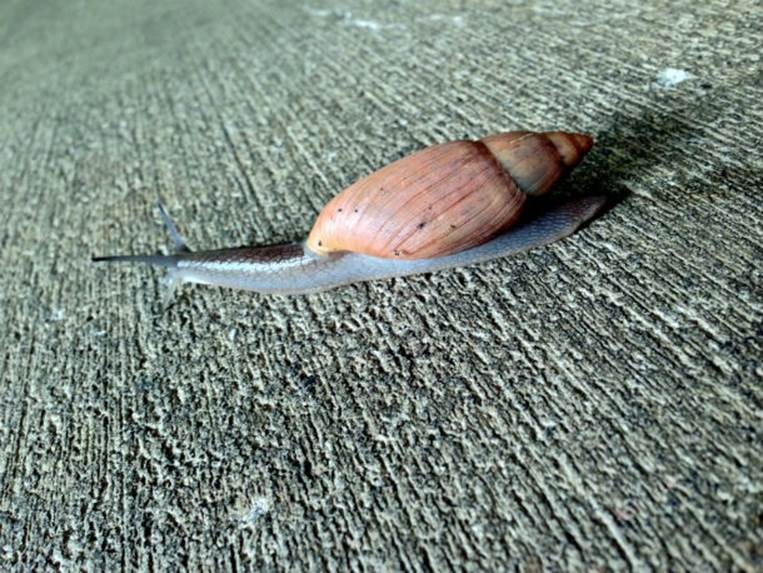
The cannibal snail was introduced to Indian and Pacific Ocean
islands from the 1950’s onward as a biological control agent for
the giant African snail. As its name suggests, this snail will eat
anything in its path, even its own kind.
CHINESE FRESHWATER EDIBLE CRAB

Eriocheir sinensis (its scientific name) is a migrating crab that has
invaded Europe and North America from Asia. During mass
migrations it contributes to the temporary disappearance of
native invertebrates. It modifies habitats by causing erosion
due to its intensive burrowing activity and costs fisheries and
aquaculture several hundred thousand dollars a year by
consuming bait and trapped fish as well as by damaging gear.
CARIBBEAN TREE FROG
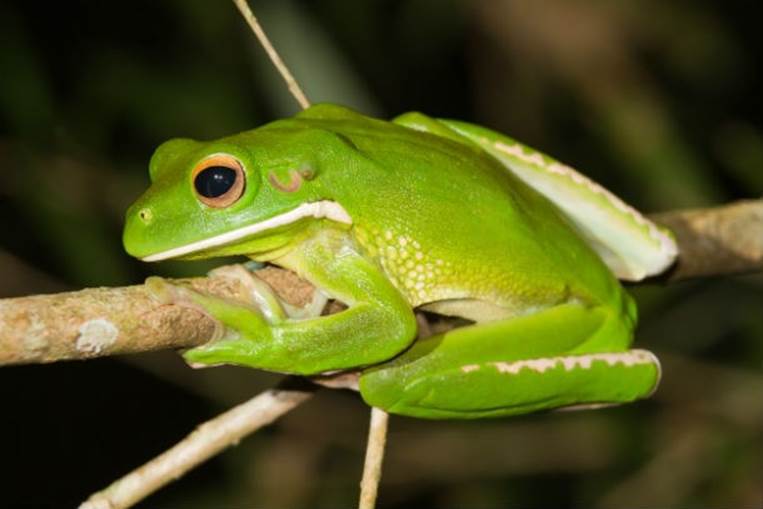
The Caribbean tree frog is a relatively small tree frog native to
Puerto Rico. Their loud call is the main reason they are considered
a pest, since their two-note “co-qui” can attain nearly one hundred
decibels at 0.5 metres. Caribbean tree frogs are also known for
having a voracious appetite and there are fears in Hawaii that
endemic insect and spider species are at risk due to this
frog’s unusual appetite.
WALKING CATFISH

The walking catfish is native to Southeast Asia and has been
introduced in many places for fish farming. The walking catfish
(named for its ability to move over land) is an opportunistic feeder
and can go for months without food. During a drought large
numbers of walking catfish may congregate in isolated pools and
consume other species, even causing their extinction.
JAPANESE STARFISH

Originally found in far north Pacific waters and areas surrounding
Japan, Russia, North China, and Korea, the northern Pacific sea star
has successfully invaded the southern coasts of Australia and
has the potential to move as far north as Sydney. The sea star will
eat a wide range of prey and has the potential for ecological
and economic harm wherever it finds itself.
RASPBERRY CRAZY ANT
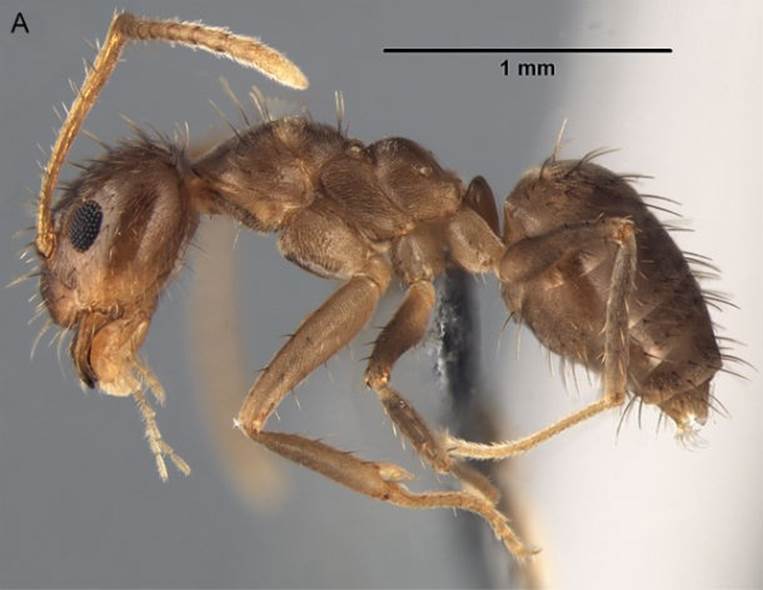
Raspberry crazy ants have invaded native ecosystems and caused
environmental damage from Hawaii to the Seychelles and Zanzibar.
On Christmas Island in the Indian Ocean, they have formed
multi-queen super colonies. They are also decimating the
red land crab (Gecarcoidea natalis) populations. Crazy ants also
prey on, or interfere in, the reproduction of a variety of
arthropods, reptiles, birds, and mammals on the
forest floor and canopy.

Comment on this